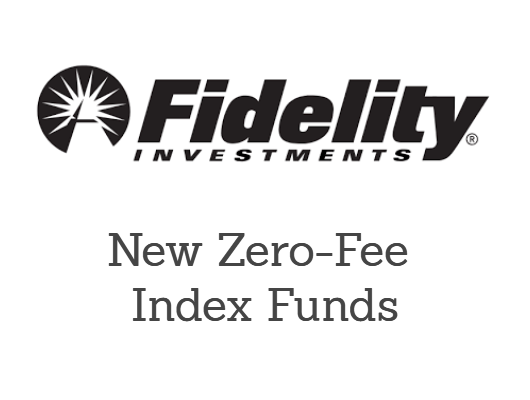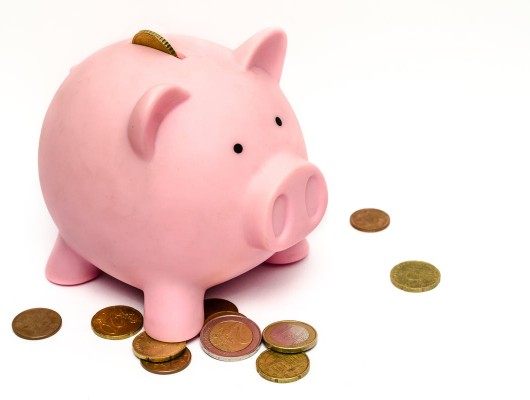This is Part 3 of our best dividend stocks for 2016 series. In this edition, we present three smaller or riskier companies that offer greater dividend yields and more growth potential than the companies mentioned in Parts 1 and 2 of the series.
Peak Resorts: This company is one of only three US publicly ski resort owner and operators. The company’s shares debuted last year on the NASDAQ, and the company has become a favorite for yield seeking investors with its 7.7% annual payout.
Unlike Intrawest and Vail Resorts, the other two publicly listed ski resort operators, Peak Resorts own smaller resorts that tend to require less resources, allowing for a greater dividend payout. The smaller ski resort industry, dominated by day-drive destinations, is primarily run by cash-strapped family operations.
Peak Resorts came public with the idea of using its stock to consolidate the industry. Many family owners would suffer grievous tax hits if they sold their resorts for cash, but if they receive equity, in this case shares of Peak, they are advantaged.
In a clever maneuver, the company also managed to access funds at a 1% interest rate for building a large expansion to one of its resorts. It managed to secure a near no-cost loan from an immigrant visa program that gives smaller companies funds in return for creating jobs. This is an unusual way for publicly traded companies to raise money, and speaks to management’s creativity.
For us shareholders, we get a near 8% starting yield and a significant growth opportunity as Peak attempts to acquire new resorts. With the winter snow season starting up, Peak Resorts’ stock, which has been quiet over the past few months, may suddenly catch a lift.
Grupo Aval: This company is another relatively new arrival to the US exchanges. It is a bank holding company that owns majority stakes in four Colombian banks, along with being the largest bank holding company by assets in Central America.
The appeal of this company is quite simple for dividend investors, Aval pays a 5% dividend, and its dividend payments are made monthly. For an investor seeking income replacement, the benefits of a monthly versus quarterly dividend are clear.
At current prices, a $10,000 investment would yield $46/month in dividends or a bit more than $500 per year. As always, it’s better to own the bank than have a savings account at the bank.
The obvious concern with the company is its location, neither Colombia nor Central America are well known investing destinations. Colombia has a stable and conservative banking system, rated more soundly by international surveys than the American one, and the three major Colombian bank holding companies increased profits and dividend payouts even during the 2008 financial crisis that left most American and European banks at the brink of wipeout.
In Colombia, systemically important consumer banks, such as Aval, are not allowed to partake in the sorts of risky gambling that US investing banks engage in. As such, the bank’s assets are found in very traditional business and consumer loans, backed by both collateral and recourse.
Aval shares have fallen dramatically over the past year, as Latin American economies have slown, and Colombia, a petroeconomy, has seen its currency hit hard as oil has plunged. However, the company’s loans continue to perform as expected. Additionally, the company’s large banking business in Central America is largely denominated in US Dollars, hedging much of the company from the wobbly Colombian Peso.
Las Vegas Sands: As the saying goes, the best way to rob a bank is to own the bank. Similarly, the best way to beat the house may be to own the house. Enter Las Vegas Sands, a multinational casino operator.
The company primarily operates in Singapore, the United States, and Macau. According to Morgan Stanley research, 80% of the company’s value comes from its Asian operators, split evenly between Macau and Singapore. The company’s shares have struggled this year as the Chinese economy has slowed and the Chinese government has pressured the Macau-based operators. Las Vegas Sands is down around 20% year to date.
That has allowed the company’s generous dividend to reach new heights, now paying 5.5%. The company’s free cash flow is still sufficient, by an admittedly small amount, to paying the fat dividend.
And things seem unlikely to get much more dire. The worst of the Chinese gambling storm appears to have passed, and the Macau casinos are already in a trough, leaving them unlikely to decline too much farther. Singapore continues at a steady pace, and the US is picking up slightly.
As such, the 20% decline in shares year to date fully prices in declining operating the conditions. This is the time for investors to take advantage of the discount in shares and secure the greater than 5% dividend yield going forward.


